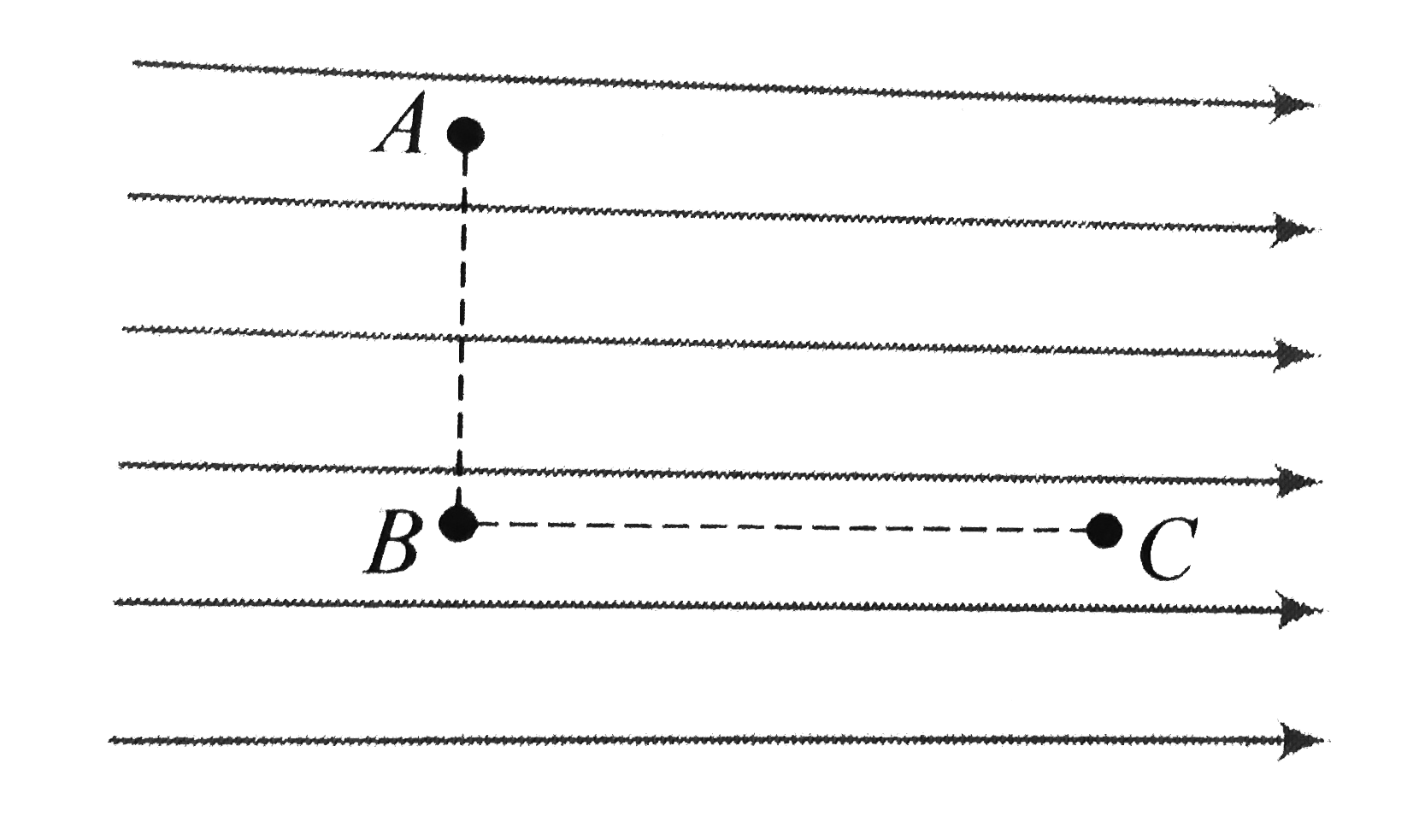Under what condition does A (BC) = (AB)C hold, where A, B, C are three matrices ?
AB and BC both must exist
Only Ab must exist
Only BC must exist
Always true
The correct Answer is:A
To determine the condition under which the equation A(BC)=(AB)C holds for three matrices A, B, and C, we need to explore the properties of matrix multiplication, specifically the associative property.
1. Understanding Matrix Multiplication:
- Matrix multiplication is not commutative, meaning AB≠BA in general. However, it is associative, which means that the way in which matrices are grouped during multiplication does not change the result, provided the matrices are compatible for multiplication.
2. Identifying Compatibility:
- For the expression A(BC) to be valid, the matrices B and C must be compatible for multiplication. This means that the number of columns in B must equal the number of rows in C.
- For the expression (AB)C to be valid, the matrices A and B must also be compatible for multiplication, which means the number of columns in A must equal the number of rows in B.
3. Conditions for Equality:
- The equation A(BC)=(AB)C holds true if both products AB and BC are defined. Therefore, we need to ensure that:
- A has the same number of columns as B has rows.
- B has the same number of columns as C has rows.
4. Conclusion:
- The condition under which A(BC)=(AB)C holds is that both products AB and BC must exist. This means that:
- A must be compatible with B (i.e., the number of columns in A equals the number of rows in B).
- B must be compatible with C (i.e., the number of columns in B equals the number of rows in C).
Final Condition:
The condition under which A(BC)=(AB)C holds is:
- Both AB and BC must exist.
- Matrix multiplication is not commutative, meaning AB≠BA in general. However, it is associative, which means that the way in which matrices are grouped during multiplication does not change the result, provided the matrices are compatible for multiplication.
- For the expression A(BC) to be valid, the matrices B and C must be compatible for multiplication. This means that the number of columns in B must equal the number of rows in C.
- For the expression (AB)C to be valid, the matrices A and B must also be compatible for multiplication, which means the number of columns in A must equal the number of rows in B.
- The equation A(BC)=(AB)C holds true if both products AB and BC are defined. Therefore, we need to ensure that:
- A has the same number of columns as B has rows.
- B has the same number of columns as C has rows.
- The condition under which A(BC)=(AB)C holds is that both products AB and BC must exist. This means that:
- A must be compatible with B (i.e., the number of columns in A equals the number of rows in B).
- B must be compatible with C (i.e., the number of columns in B equals the number of rows in C).
The condition under which A(BC)=(AB)C holds is:
- Both AB and BC must exist.
Topper's Solved these Questions
Similar Questions
Knowledge Check
If (→a×→b)×→c=→a×(→b×→c), where →a,→b and →c are any three vectors such that →a.→b≠0,→b.→c≠0, then →a and →c are:
Ainclined at an angle of π/6BperpendicularCparallelDinclined at an angle fo π/3Let a, b and c are the roots of the equation x3−7x2+9x−13=0 and A and B are two matrices given by A=⎡⎢⎣abcbcacab⎤⎥⎦andB=⎡⎢⎣bc−a2ca−b2ab−c2ca−b2ab−c2bc−a2ab−c2bc−a2ca−b2⎤⎥⎦, then the value |A||B| is equal to
A−154B−(154)3C−22D−(22)3Figure shown three points A,B and C in a region of unifrom electric field →E. The line AB is perpendicular and BC is parallel to the field lines. Then which of the following holds good. Where VA,VB and VC represenet the electric potential at points A,B and C respectively
 AVA=VB=VCBVA=VB>VCCVA=VB<VCDVA>VB=VC
AVA=VB=VCBVA=VB>VCCVA=VB<VCDVA>VB=VC
If A, B and C are three poins on a line and B lies between A and C, then prove that AB + BC = AC.

View SolutionIf A. B and C are three points on a line, and B lies between A and C then prove that AB−BC=AC.
View SolutionLet Δ=∣∣ ∣ ∣∣−bcb2+bcc2+bca2+ac−acc2+aca2+abb2+ab−ab∣∣ ∣ ∣∣ and the equation
px3+qx2+rx+s=0 has roots a,b,c where a,b,c∈R+
the value of Δ is
View SolutionIf A, B, c are three square matrices such that AB=AC implies B=C, then the matrix is always a/an
View SolutionConsider the following in respect of matrices A, B and C of same order :
1. (A+B+C)'=A'+B'+C'
2. (AB)'=AB'
3. (ABC)'=C'B'A'
Where A' is the transpose of the matrix A. Which of the above are correct ?
View Solution

